Blog
Understanding the Role of Chemical Feed Pumps in Modern Industrial Applications
In the realm of modern industrial applications, the efficient and precise delivery of chemicals is paramount for maintaining operational integrity and optimizing performance. The chemical feed pump plays a crucial role in this process, ensuring that various substances are accurately metered and injected into systems with varying pressures and flow rates. Understanding how to select, operate, and maintain these pumps is essential for industries ranging from water treatment to pharmaceuticals and agriculture. This guide will explore the key factors surrounding chemical feed pumps, including their types, functionalities, installation best practices, and troubleshooting tips. Through this comprehensive examination, we aim to equip operators and engineers with the knowledge required to maximize the efficiency and reliability of their chemical handling processes, ultimately leading to enhanced productivity and safety in industrial settings.

Types of Chemical Feed Pumps: Choosing the Right One for Your Industry
When selecting a chemical feed pump for industrial applications, it is essential to understand the various types available, each tailored to meet specific industry needs. Positive displacement pumps, for example, excel in delivering consistent flow rates and are ideal for high-viscosity fluids. They are widely used in chemical processing and water treatment facilities where precise dosing is critical. In contrast, centrifugal pumps are preferred for their ability to handle large volumes of low-viscosity liquids, making them suitable for applications in food processing and wastewater management.
Another important category is the diaphragm pumps, which are renowned for their ability to handle corrosive chemicals safely. This makes them an excellent choice for industries like pharmaceuticals and biotechnology, where maintaining the integrity of the fluid is paramount. Additionally, peristaltic pumps offer significant advantages in applications requiring aseptic conditions, such as in the cosmetics industry, due to their ability to prevent contamination. Selecting the right pump based on these characteristics not only enhances operational efficiency but also ensures compliance with safety and regulatory standards.
Understanding the Role of Chemical Feed Pumps in Modern Industrial Applications
This chart illustrates the various types of chemical feed pumps used in different industries, showcasing their respective market shares. By understanding these distinctions, industries can better select the suitable pump for their specific applications.
Understanding the Design and Functionality of Chemical Feed Pumps
Chemical feed pumps play a crucial role in various industrial applications, providing precision and reliability in the transfer of liquids. These pumps are designed to handle a variety of chemical substances, often under harsh conditions, making their functionality essential for processes such as water treatment, pharmaceuticals, and food production. The design of chemical feed pumps typically includes features such as corrosion-resistant materials and advanced sealing mechanisms to prevent leaks and contamination.
When selecting a chemical feed pump, it is important to consider the specific requirements of your application. Tip: Always assess the chemical compatibility of the pump materials with the fluids being transferred to ensure optimal performance and longevity. Moreover, the pump's flow rate and pressure capabilities must align with your operational needs. Tip: Regular maintenance is key; schedule routine inspections to check for wear and tear, which can significantly prolong the life of your pump.
In modern industries, automation plays an increasingly important role in the operation of chemical feed pumps. Advanced control systems allow for precise adjustments and monitoring of liquid flow, improving overall process efficiency. Tip: Implementing automated solutions can reduce the risk of human error and ensure consistent dosing, leading to better production outcomes and enhanced safety. Understanding these design and functionality aspects can help businesses optimize their chemical handling processes effectively.
Best Practices for Installing and Maintaining Chemical Feed Pumps
Installing and maintaining chemical feed pumps effectively is essential for ensuring optimal performance in industrial applications. According to a report by the Hydraulic Institute, improper installation can lead to a decrease in pump efficiency of up to 40%. To mitigate this, it is crucial to follow best practices during installation. This includes ensuring proper alignment, using the right size piping to minimize pressure drops, and considering the specific chemical properties of the fluids being handled. Additionally, implementing a systematic approach to periodic inspections can help identify potential issues before they escalate into costly repairs.

Furthermore, regular maintenance is key to extending the lifespan of chemical feed pumps. The American Society of Mechanical Engineers (ASME) recommends adhering to a maintenance schedule that includes checking seals and bearings on a quarterly basis, and replacing worn components promptly. They also emphasize the importance of monitoring vibration and noise levels, as changes can indicate underlying problems. By maintaining accurate records of operational metrics and maintenance activities, facility managers can detect trends and make informed decisions about upgrades or replacements, ultimately leading to improved reliability and efficiency in chemical handling processes.
Troubleshooting Common Issues with Chemical Feed Pumps
Chemical feed pumps play a crucial role in various industrial applications, ensuring precise delivery of fluids necessary for processes such as water treatment, chemical processing, and pharmaceuticals. However, like any mechanical device, they can encounter issues that affect their efficiency and reliability. According to a report by the National Association of State Boards of Pharmacy, improper calibration and maintenance can lead to flow inconsistencies, which may compromise product quality and operational safety.
Common issues with chemical feed pumps often stem from mechanical failures, such as worn-out seals or improper pump sizing. The Hydraulic Institute notes that pumps can lose up to 20% of their efficiency due to cavitation, which creates damaging vapor bubbles within the pump. Additionally, a lack of routine maintenance can lead to blockages or build-up within the system, hindering flow rates. Regular monitoring of performance parameters and adhering to maintenance schedules can significantly mitigate these problems, ensuring optimal operation and extending the lifespan of chemical feed pumps.
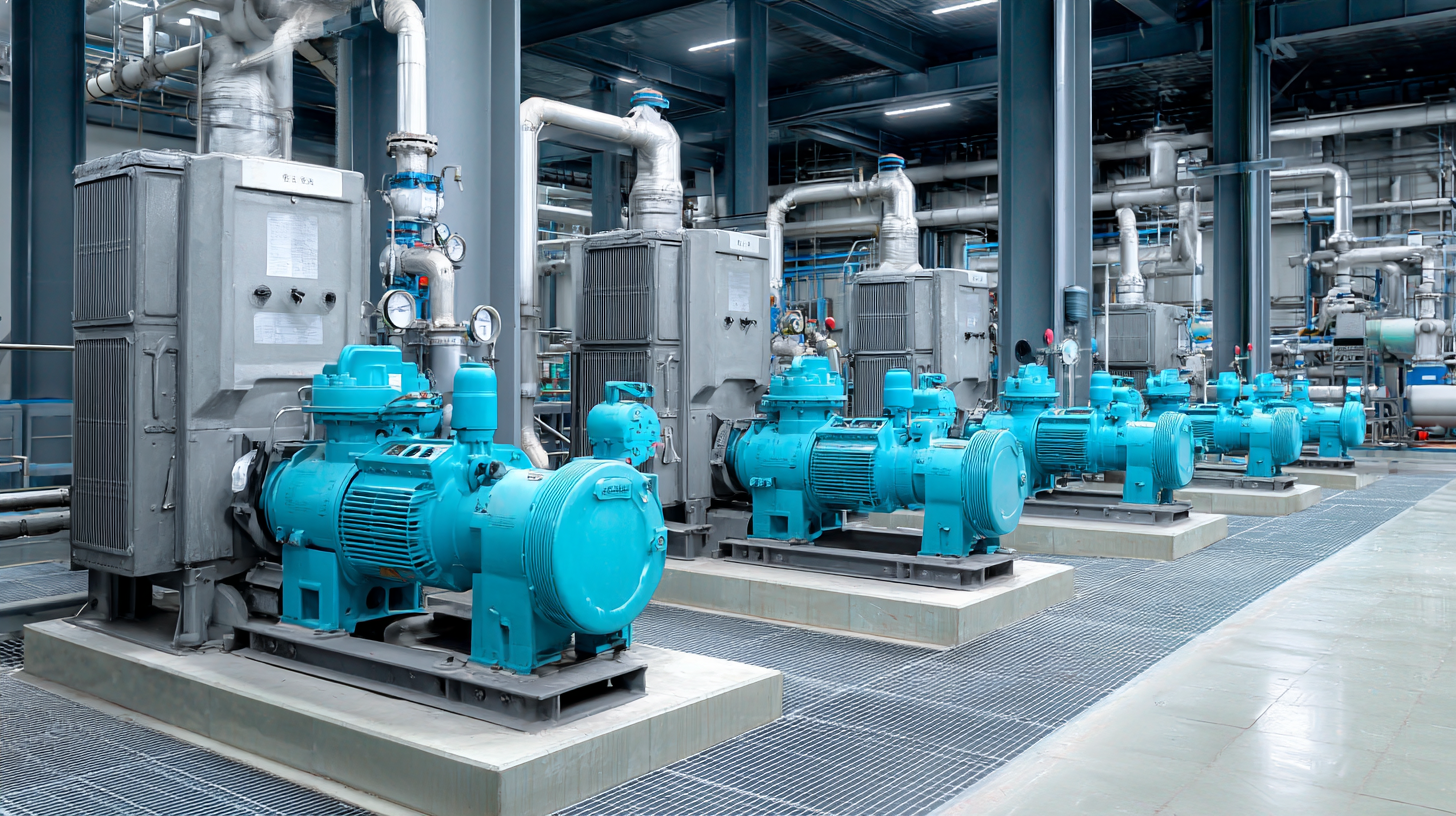
Evaluating the Impact of Chemical Feed Pumps on Operational Efficiency
In modern industrial applications, chemical feed pumps play a critical role in enhancing operational efficiency. These pumps are responsible for delivering precise amounts of chemicals used in various processes, which is essential for maintaining product quality and adhering to safety standards. According to a report by the Chemical Engineering Magazine, efficient chemical dosing can lead to a reduction in material waste by up to 20%, significantly lowering overall production costs and contributing to sustainability efforts.
Recent studies indicate that the use of advanced metering technologies in chemical feed pumps can improve accuracy and reliability. The Global Chemical Pump Market Analysis Report states that the integration of smart technologies has resulted in a 30% improvement in flow measurement precision for industrial applications. This enhancement not only streamlines operations but also allows for better compliance with regulations, reducing the risk of environmental hazards associated with chemical spills or mismanagement.
Furthermore, optimizing the performance of chemical feed pumps can lead to increased equipment lifespan and reduced maintenance costs. A study conducted by the American Institute of Chemical Engineers highlighted that properly calibrated feed pumps can extend operational life by 15-25%, thus minimizing downtime and ensuring consistent production flow. The overall impact of these pumps on operational efficiency is substantial, showcasing their importance in the increasingly competitive industrial landscape.
Related Posts
-
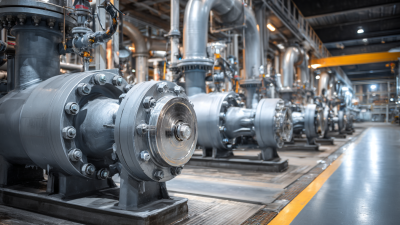
Understanding the Importance of Chemical Pumps in Modern Industrial Processes
-
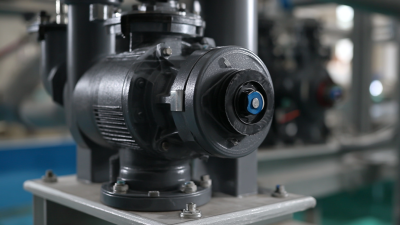
5 Best Practices for Choosing the Right Chemical Feed Pump
-
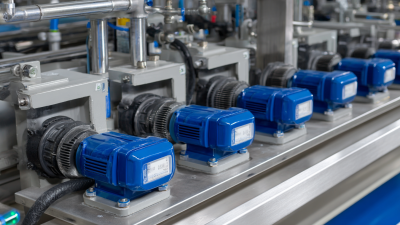
How to Choose the Right Chemical Metering Pump for Your Industry Needs
-

5 Unmatched Benefits of Using Chemical Metering Pumps for Precision in Industry
-

7 Essential Features of the Best Chemical Metering Pumps for Global Buyers
-
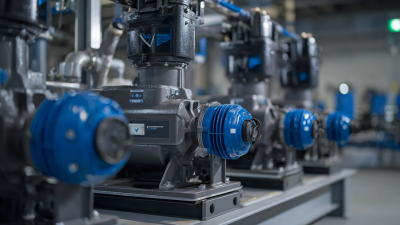
How to Choose the Right Commercial Pump for Your Business Needs
